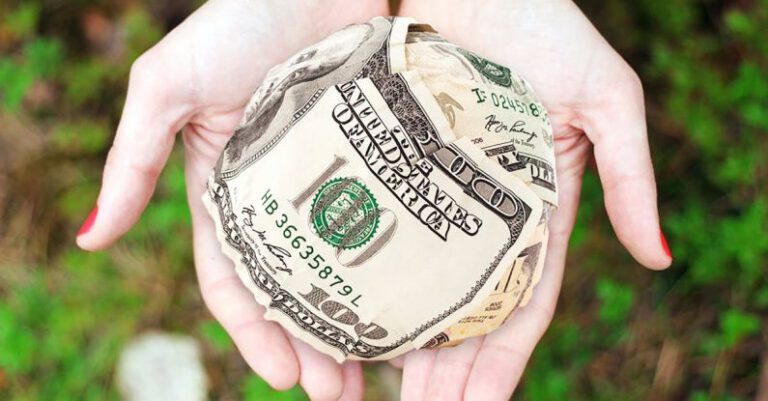How to Organize a Successful Garage Sale

Garage sales are a fantastic way to declutter your home, make some extra cash, and connect with your community. However, organizing a successful garage sale requires careful planning and execution. From setting a date to advertising your sale, here are some tips to help you host a profitable and enjoyable garage sale.
Choosing the Right Date and Time
Selecting the right date and time for your garage sale is crucial to its success. Typically, weekends are the best time to host a garage sale as more people are off work and available to shop. Consider starting your sale early in the morning, around 7 or 8 a.m., to catch the early birds looking for deals. Additionally, check the weather forecast and avoid scheduling your sale on days with inclement weather, as this could deter potential buyers.
Gathering Items to Sell
Before you can host a garage sale, you need items to sell. Go through your home and gather items that you no longer need or use. This could include clothing, furniture, electronics, books, toys, and household items. Make sure the items you are selling are clean and in good condition. Consider pricing items fairly to attract buyers while still making a profit.
Organizing and Displaying Items
Once you have gathered your items, organize them in a way that is visually appealing to shoppers. Group similar items together and display them neatly on tables or racks. Consider using signs or labels to indicate prices and categories. Be sure to leave enough space for shoppers to move around comfortably and inspect items. Keep high-value items close to where you will be stationed to prevent theft.
Advertising Your Sale
To attract a larger crowd to your garage sale, you need to advertise effectively. Utilize social media platforms like Facebook, Instagram, and neighborhood groups to promote your sale. Create eye-catching posts with photos of some of the items you will be selling and include details like the date, time, and location of the sale. Additionally, consider hanging up flyers in your neighborhood, posting signs at nearby intersections, and advertising in local newspapers or online classifieds.
Setting Up a Payment System
Decide on a payment system for your garage sale to make transactions smooth and efficient. Consider having plenty of small bills and coins on hand to provide change to customers. You may also want to have a calculator available for shoppers to use if needed. If you have high-value items, consider allowing electronic payments through mobile payment apps like Venmo or PayPal for convenience.
Engaging with Customers
During your garage sale, engage with customers to create a welcoming and friendly atmosphere. Greet shoppers as they arrive, offer assistance if needed, and be willing to negotiate on prices. Consider offering deals like bundle discounts or markdowns on items that have been sitting unsold for a while. Providing a positive shopping experience can lead to repeat customers and word-of-mouth referrals.
Handling Unsold Items
At the end of your garage sale, you may have some items that did not sell. Consider donating these items to charity, recycling them, or saving them for a future sale. Avoid bringing unsold items back into your home as this defeats the purpose of decluttering. Additionally, be sure to properly dispose of any garbage or unsellable items to leave your space clean and organized.
Incorporating these tips into your garage sale planning process can help you host a successful and profitable event. By choosing the right date, gathering items to sell, organizing your space, advertising effectively, setting up a payment system, engaging with customers, and handling unsold items responsibly, you can ensure that your garage sale is a positive experience for both you and your shoppers. Happy selling!





